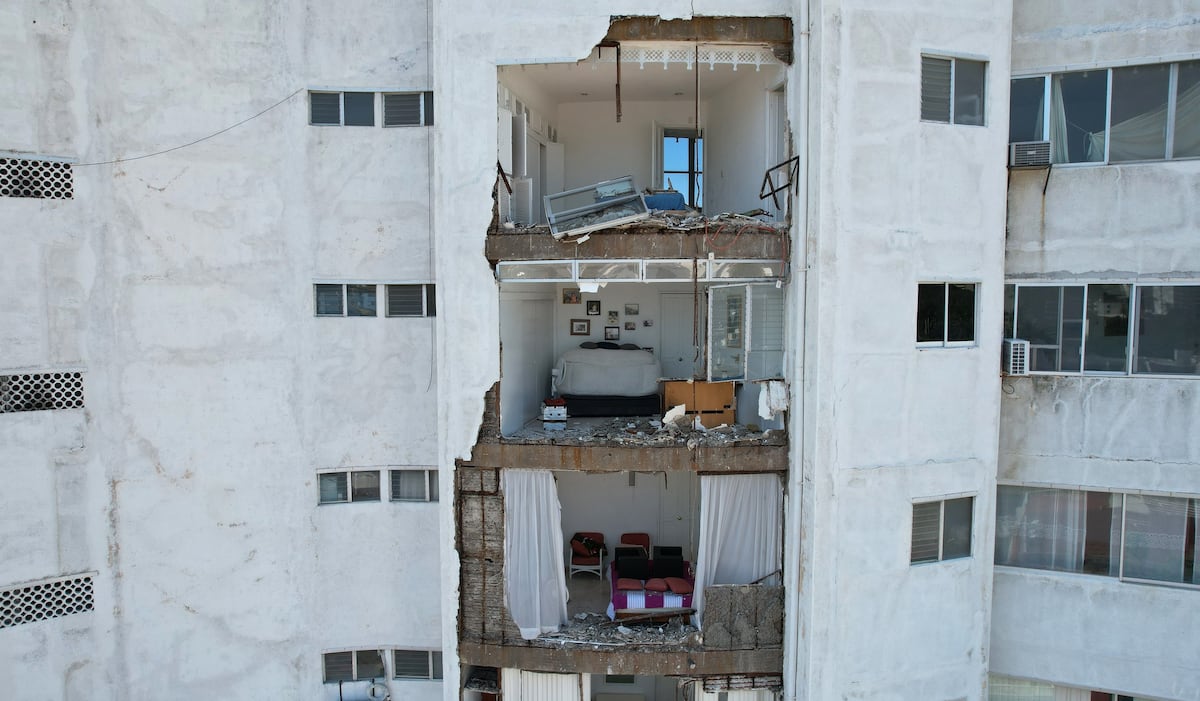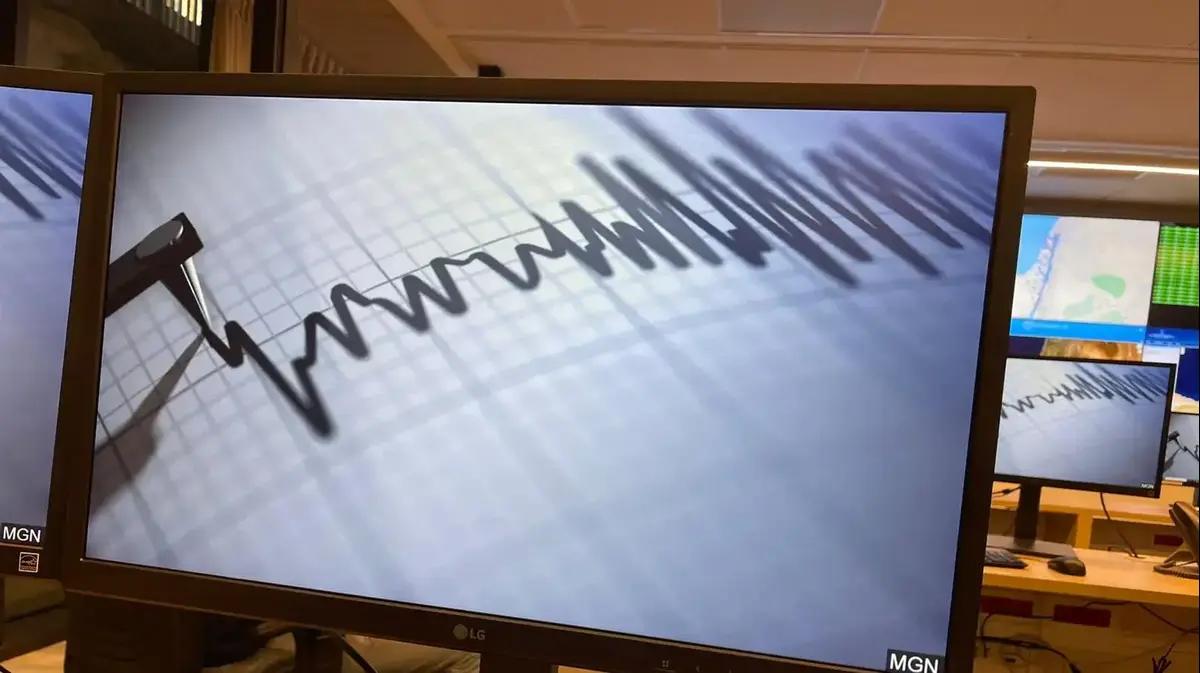The 7.1 magnitude earthquake that shook central Mexico on Tuesday night has left the country's seismologists on alert due to its proximity to the Guerrero seismic gap, a tectonic strip that for more than a century has not registered a large earthquake. Víctor Manuel Cruz-Atienza, a researcher at the Institute of Geophysics of the National Autonomous University of Mexico (UNAM), points out that despite the fact that compared to other earthquakes that have occurred in the area of the State of Guerrero it was not of great magnitude, it happened exactly at the point of the coast closest to Mexico City. This would be one of the reasons why in some areas of the capital he felt very strong. In addition, it was located in a key area of the country: the eastern limit of a strip in which a major earthquake of a magnitude greater than 8 has been expected for more than a century.
More information
Earthquake map: 30% of Mexico under high seismic risk
Every year, in Mexico some 30,000 earthquakes are registered on average and the State of Guerrero concentrates around 25% of the national seismic activity. For this reason, for experts, the Guerrero gap is an anomalous place to the extent that a significant earthquake, greater than 7 degrees, has not occurred for more than 110 years. Cruz-Atienza explained that if the seismic gap broke in its entirety, it would cause a large earthquake greater than a magnitude of 8.2. The specialist acknowledged that the earthquake on Tuesday could have repercussions on the Guerrero seismic gap, which, having not registered a major earthquake, continues to accumulate energy. "It is a small earthquake of small moderate magnitude, which tells us about the preparation that exists in certain portions of the gap to break, but insufficient to break an even larger earthquake",he pointed.
Intensity
I
II
III
IV
V
SAW
VII
VIII
IX
According to information from the National Seismological Service, this Tuesday's earthquake occurred at 8:47 p.m. local time 11 kilometers southeast of Acapulco, at a depth of 10 kilometers.
“It is a reverse type failure, in which the ceiling block rises with respect to the floor block.
These types of faults are characteristic of the convergence zones between tectonic plates, as occurs in the contact between the Cocos and North American plates, in this interaction the Cocos plate subducts under the North American plate ", indicates the technical report.
So far there have been more than 200 aftershocks from this earthquake, the largest of 5.2 magnitude.
For five years, Cruz-Atienza, together with a group of researchers from UNAM and the University of Kyoto, has been searching the waters of the Mexican Pacific for any sign of movement of the Guerrero seismic gap. Next November, this research team will lift anchors to recover data from the ocean floor to see how the crust was deformed prior to Tuesday's rupture and the post-seismic deformation that has caused this latest earthquake in Acapulco.
When will Guerrero break the gap? This is the question that all specialists ask themselves, says Carlos Valdés González, researcher at the Institute of Geophysics of UNAM and commissioner of the Center for Mexican Studies at the University in Costa Rica. “We are doing a number of analyzes to try to determine the impact that this earthquake and its aftershocks have on transferring or allowing the seismic energy to be released in the Guerrero gap, it is a very important unknown and a series of evaluations will have to be made. To conclude, but we know that an earthquake is pending in the Guerrero seismic gap. We cannot stop an earthquake in this place, but we can mitigate its effect if we act correctly, ”he said.
Although Valdés González acknowledged that it is very likely that this earthquake will trigger greater seismic activity in the country, as happened in 2017, it is not possible to provide what size this rise will be either.
In addition, he pointed out that despite the coincidence of dates with the earthquakes of September 2017, it is not possible to establish a relationship to be able to foresee other similar movements in the area.
The specialist said that unlike four years ago, the distance of more than 200 kilometers allowed a more timely warning signal for the population.
Specialists agree that it is not yet possible to predict an earthquake or avoid the danger it poses, but to the extent that sufficient technical information is available, the associated risk of a future earthquake with an epicenter in the Guerrero gap can be mitigated.
Subscribe here
to the
newsletter
of EL PAÍS México and receive all the informative keys of the current situation of this country




/cloudfront-eu-central-1.images.arcpublishing.com/prisa/VH72NERTWJEPPEX6A7TCMZLVMU.jpg)




